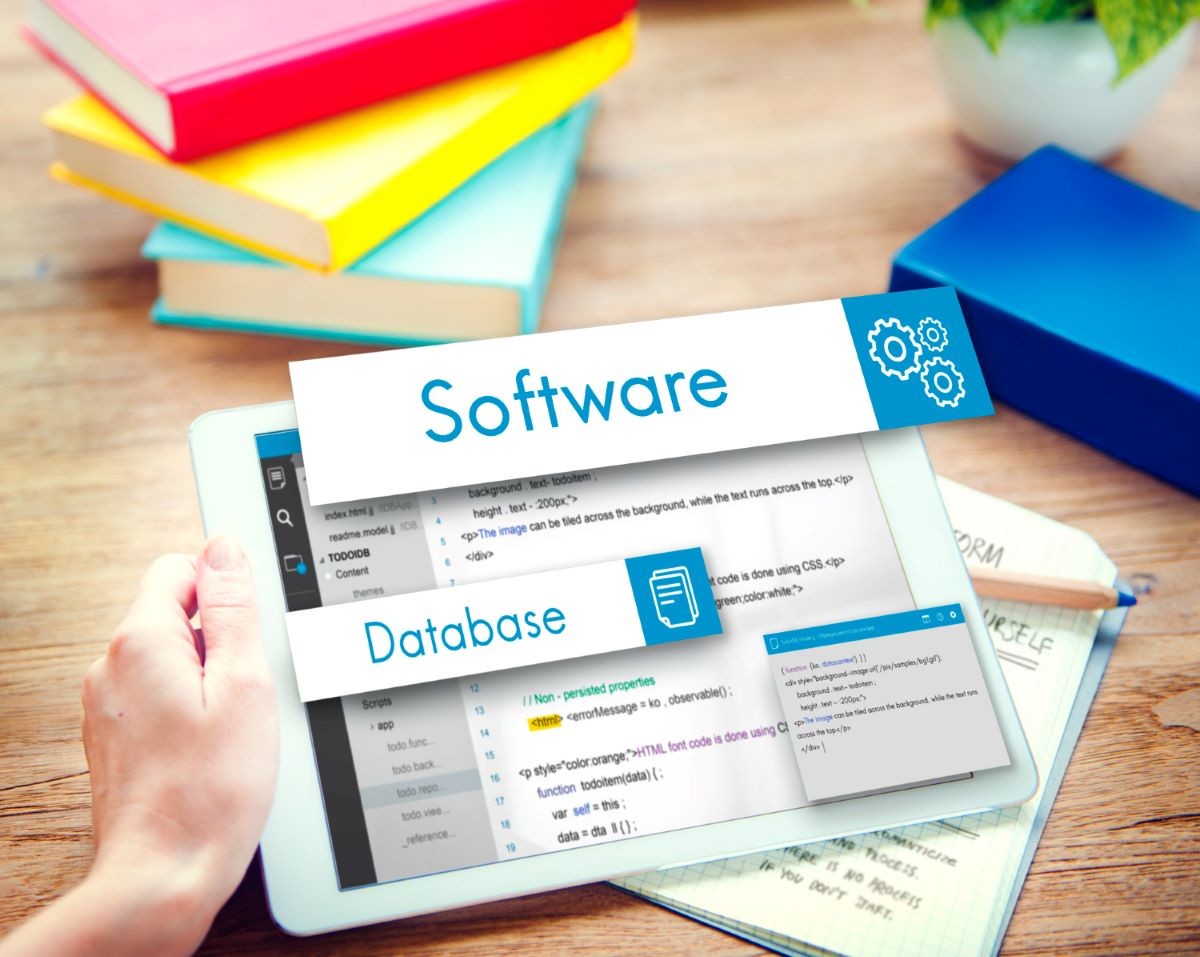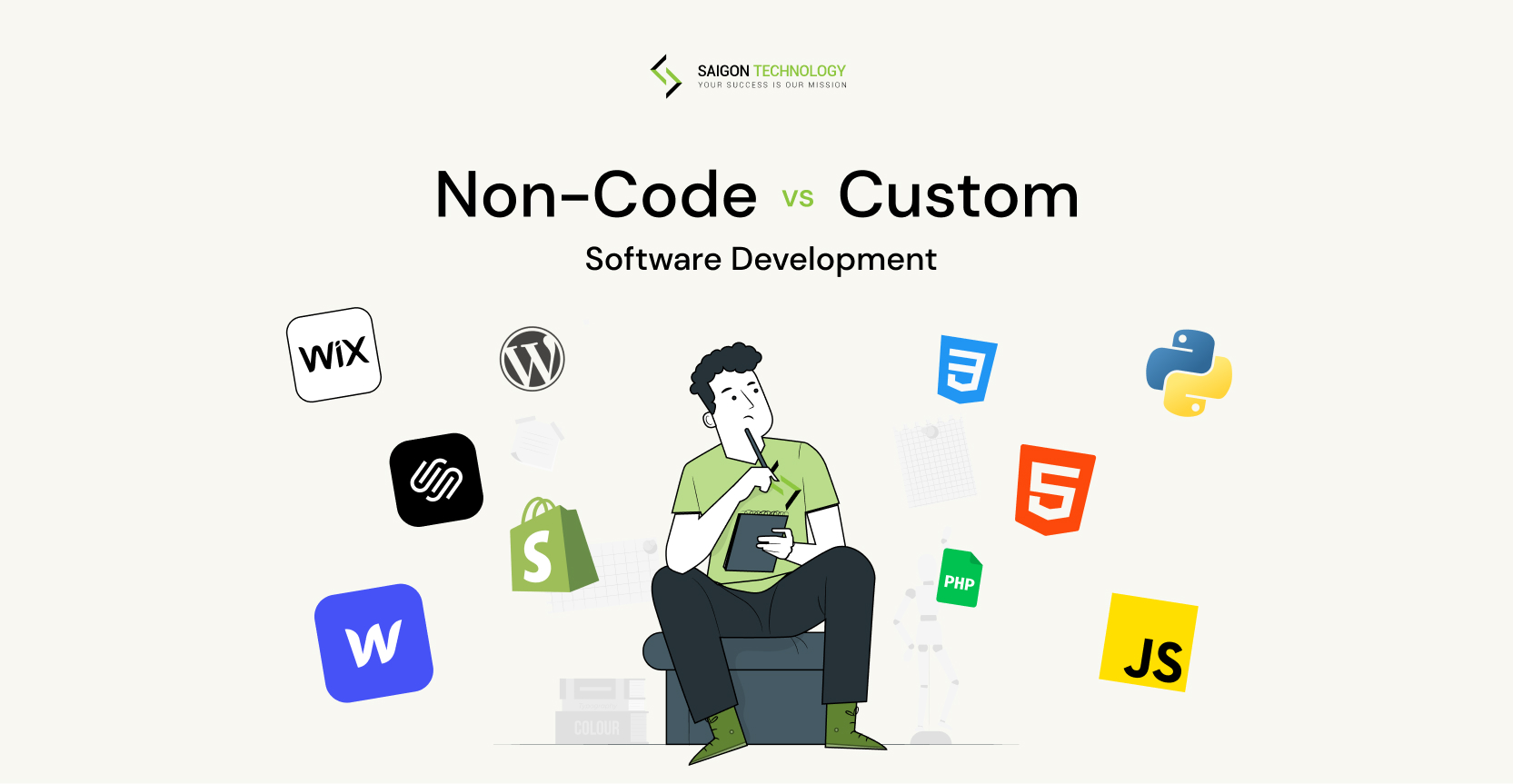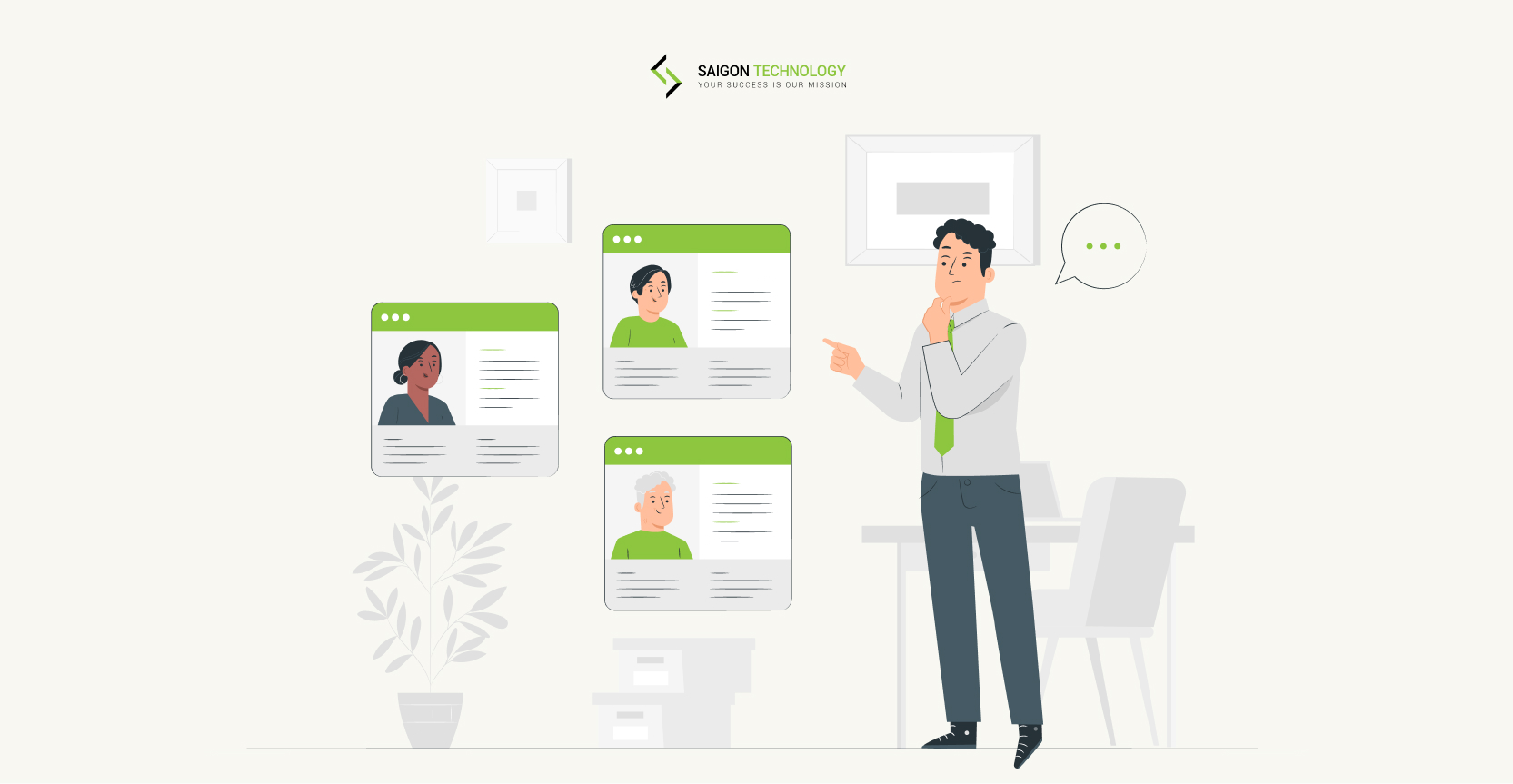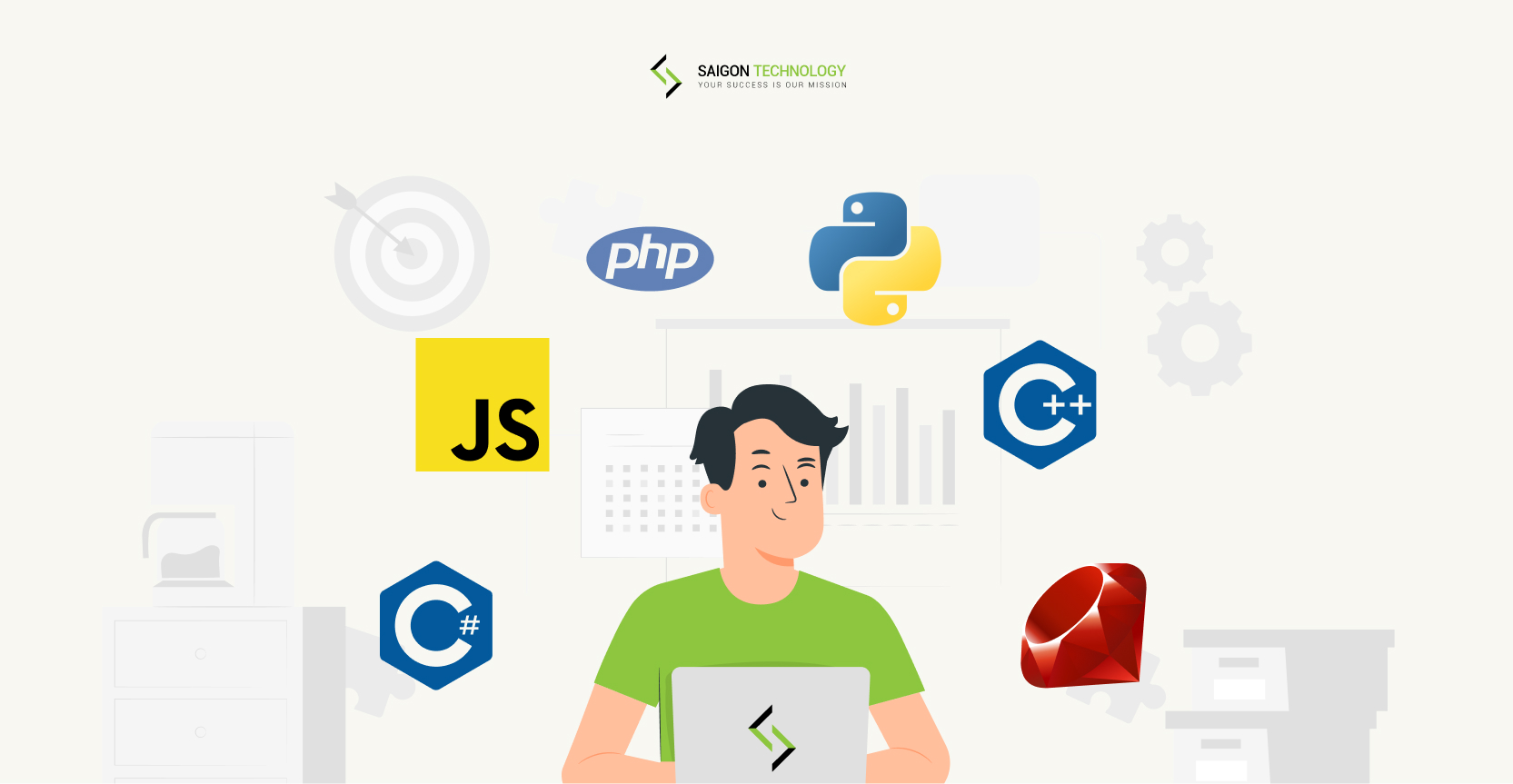In 2025, more businesses are choosing custom software development to meet their unique needs. Off-the-shelf software doesn’t fit every business, making custom solutions a more suitable choice. Custom software helps companies stay updated and gain a competitive edge. However, understanding the cost of custom software development is essential before committing to a provider.
So, how much does custom software development cost? This article will help you understand what to expect when budgeting for custom software. Planning is vital whether your project is small, mid-sized, or large and knowing the details will guide you in making intelligent financial decisions. Custom software is a significant investment, and this guide will help you make the right choice.
A Detailed Look: Custom Software Development Costs by Project Size
Custom software development will vary based on the size and scope of the project. It helps to break it down into small, mid-range, and large-scale categories. Each has its timeline, cost, and set of features. Understanding the differences will help you choose the right product for your needs.
| Project Size | Average Cost | Examples |
| Small | $20,000 — $50,000 | Basic web applications |
| Mid-range | $50,000 — $200,000 | E-commerce platforms, CRMs |
| Large-scale | $200,000+ | Enterprise-level software, ERPs |
Small Projects
Small custom software projects are ideal for startups and new businesses. These projects focus on building simple products that allow companies to test ideas. Examples include web or mobile apps with basic features.
For instance, a local business may want a booking system or a simple app. Small projects are perfect for those who need a product in a short timeframe, with completion usually requiring a few weeks to a few months.
- Cost: Between $20,000 and $50,000
- Types: MVP (Minimum Viable Product), Custom CRM Solutions, Inventory Management Tools, Task Management Applications, Appointment Scheduling Software, etc.
- Timeline: Ranges from a few weeks to a few months
When building small projects, businesses focus on core features. This reduces the cost and time it takes to develop the product. Small projects are the best way to start for companies with a limited budget. They offer a manageable price while allowing room for future growth.
Mid-Range Projects
Mid-range projects are detailed and feature advanced capabilities, running across multiple platforms. Businesses choose mid-range projects when they are looking to scale. These projects help consolidate several systems into one platform.
Mid-range projects are more expensive and time-consuming. Larger teams are required for complex projects, which involve more planning, testing, and execution.
For example, a business might need a Customer Relationship Management (CRM) system to help organize customer data. Another example is a Software as a Service (SaaS) platform that supports multiple online application users.
1. Cost: Ranges from $50,000 to $200,000
2. Types: E-commerce Platforms with Advanced Features, ERP Systems, Custom CMS, SaaS Platforms, Custom CRM Solutions with Advanced Features, Integrated Mobile and Web Applications, Workforce or Resource Management Systems
3. Timeline: Ranges from 4 to 6 months
Businesses looking to scale their operations benefit from these projects because they offer the ability to add complex features. They include multi-language support or third-party integrations. Although the cost is higher, the project helps businesses grow faster.
Large-Scale Projects
Developers design large-scale projects for enterprises or large companies. These projects require advanced features to handle large data and many users. Businesses that choose large-scale projects need robust systems that will support many operations.
An example is an Enterprise Resource Planning (ERP) system. This system combines accounting, human resources, and other functions. Large projects take more time to develop. They require expert teams with data handling, security, and system management knowledge.
– The average cost of custom software development for these projects is $200,000
– Types: ERP Systems, BI Platforms, Banking and Financial Systems, Custom Cloud Solutions, Supply Chain Management Systems, Healthcare Management Systems, AI & ML Platforms, etc.
– Timeline: Ranges from 12 to 24 months (about 2 years)
The price can go much higher depending on the business needs. Large businesses need custom-made software that can handle all aspects of their operations.
These projects are more complex software solutions. They are critical systems that businesses rely on for their daily operations. A healthcare company might need a platform that tracks patient records and manages appointments.
This type of custom-made software takes many months or even years to build. The complexity and scale make these projects expensive, but they are necessary for large businesses. These projects support the backbone of operations. They allow the company to manage everything in one place.
Understanding custom software development rates helps businesses plan their budget. Each project size offers different benefits depending on the company’s needs. Businesses can choose between small, mid-range, and large projects based on their growth stage and budget.
Charging Models: What Methods Do Custom Software Developers Use for Billing?
The way custom software developers bill clients affects the overall cost. The three main pricing models include fixed-price, time and materials (T&M), and a hybrid approach.
Fixed-Price Model
The fixed-price model is simple. You agree on the total custom software development cost at the start. It doesn’t change during the project. This model works best for smaller projects. The project must have a clear scope and timeline from the beginning.
For example, MT5 Indicator is a fixed-price project for the Saigon Technology team. It supports international traders.
Time and Materials Model
The time and materials model is more open-ended. The custom software development price works based on hours worked and resources used. This model fits projects where the scope may change.
For example, MaybeWorks used this model for a CRM system. This allowed them to adjust the project as the client’s needs changed. The model can lead to different costs but allows for changes during the project. It helps control the cost of custom software development for growing businesses.
Dedicated Development Team
A dedicated team or set of resources (e.g., developers, designers, QA engineers) is assigned exclusively to the client’s project. Clients pay a monthly or weekly rate, directly tied to the size of their team and project duration. Ideal for projects that span months or years, and for clients who need ongoing development, support, and maintenance.
For example, our Simply DMS project is a Document Management System. Our team has helped clients develop software for managing, storing, and retrieving company documents.
Milestone-Based Billing Model
Payments are made as specific project milestones are completed. The project is split into phases, and the client pays up after each one – things like design, development, and testing. This setup works well for bigger projects where clients prefer to track progress and split the payments into phases.
Hybrid Model
The hybrid model combines both pricing approaches. Customers get fixed pricing for some phases and time-based pricing for others. This works well for larger projects. For instance, DigiCorp used this model when they built an EMR/EHR system.
They kept early stages within a set budget and left room for later changes. This method helps manage complex projects and keeps the custom software price in check.
Custom vs. Licensing: Why Custom Software Costs More
The decision between custom software development and licensing off-the-shelf solutions impacts a business’s software needs’ cost structure and long-term effectiveness. Custom software often involves a higher upfront investment, but the benefits are substantial.
1. Development Costs
Tailored Solutions: Custom software is created from scratch to fit a company’s exact needs. It takes a whole team of people, including designers, developers, testers, SA, tech leads, and project managers, to get the job done.
Time-Intensive: The development process takes a while. It involves several steps – planning, coding, testing, and iteration. These steps take time – sometimes months, sometimes years – and add up in terms of labor costs.
2. Unique Features
Specific Requirements: Custom software is tailored to a business’s exact needs. It takes more time and effort to develop than software you can buy off the shelf.
Integration Needs: Custom solutions usually need to integrate with what’s already in place. This can add to the development time and resource requirements.
3. Scalability and Flexibility
Future Growth: Custom software is designed with scalability in mind, allowing it to adapt as the business grows. This customization and flexibility demand a higher initial investment.
4. Integration Challenges
Complex Integrations: Custom software usually has to play nicely with existing systems, such as ERP, CRM, or services from other companies. That can be a real challenge. It takes extra development time and testing to make everything work together smoothly.
Tailored APIs and Workflows: Building custom APIs or workflows to integrate with other systems can be a real-time suck and add to expenses.
5. Maintenance and Support
Ongoing Costs: Custom software needs ongoing maintenance, updates, and support that can add up in cost over time. These expenses are always included in the initial price or contracted separately.
Training: Staff might need some training to get up to speed on the new software, which adds to the total cost.
6. Quality Assurance
Rigorous Testing: Custom solutions usually go through testing to make sure they hit the mark. This adds to the development time and expense.
7. Intellectual Property
Ownership: Custom software gives businesses complete control and ownership of intellectual property. It may be pricier, but it’s made just for them, so that cost is easier to swallow.
Unpacking the Factors: What Drives the Custom Software Development Cost?
Understanding the custom software development cost is essential when planning a project. Many things affect the price, including the complexity of the software, the team’s location, and the technology used. Each factor adds to the overall budget and timeline.
Project Size and Scope
One key factor in custom software development pricing is the size and scope of the project. Larger projects with many features cost more. For example, a small project like a basic mobile app costs less.
An extensive project, like an enterprise solution, involves many systems and features. This makes it more expensive. Simple projects have fewer platforms and features. A more complex project costs more, like one that needs multiple platforms. Handling high traffic and adding custom features will require more work; the bigger the project, the more time and resources it takes.
Complexity and Features
The more custom features you need, the higher the price will be. Adding AI, system connections, or custom APIs increases the development process. These features need developers with advanced technologies. This will lead to higher costs.
For example, building a CRM with basic features is less expensive. Adding features like AI or real-time data analytics raises the price; complex projects need more time and specialized developers, which increases costs.
Team Expertise and Location
The location of the development team affects custom software pricing. Developers in different places charge different rates. For example, developers in North America or Western Europe have higher prices.
Teams in Eastern Europe and Asia offer competitive pricing thanks to their developers’ rates. However, it’s essential to research reputable providers to ensure quality. Saigon Technology is worth considering; our company has over 12 years of experience in custom software development. Our team is dedicated to delivering high-quality custom software at affordable prices.
Technology Stack
The technology stack you choose impacts the overall price. Different programming languages and frameworks have different costs and using emerging technologies may cost more. This is because fewer developers have those skills.
For example, choosing a popular language like Java or Python may lower the price. These languages are well-known, and more developers are available to use them. However, the best technology stack should match the project’s goals and needs. You want to balance cost and performance.
Design and User Experience (UI/UX)
Good UI/UX design helps users enjoy the software, but it also raises the cost. A well-designed interface makes software easier to use and boosts satisfaction by making the software intuitive and easy to navigate.
Adding custom design elements and interactions needs extra time and effort. A good user experience will lead to better results, but it comes at a price.
Third-Party Integrations
Connecting third-party services can add more cost to your project. Services like payment gateways or CRM systems need careful integration. This takes more time to ensure the tools work well with the software.
For example, adding a payment system like PayPal may seem simple, but it may need extra steps for security and tracking. These additional features raise the custom software development cost.
Migration of Existing Data
Moving data from old systems to new software is a complex task. Data migration involves extracting, cleaning, and moving data into the new system. It’s essential to do this to avoid data loss or errors.
The complexity depends on how much data there is and the condition of the old systems. Data migration can increase custom software development pricing more than expected. It’s one of the hidden costs of custom software projects.
Project Timeline
The timeline of the project impacts the cost. If the project has a tight deadline, it costs more. The development team must work extra hours or add resources to meet the timeline; this raises the cost.
On the other hand, a longer timeline can spread the costs out. This allows the team to work at a steady pace. Rushing development makes things more expensive. Taking more time keeps costs under control but delays the final product.
Maintenance and Support
After launch, maintenance and support become ongoing costs. Maintenance includes fixing bugs, updating the software, and ensuring everything works well. These costs are essential for long-term success.
Responding to user needs and fixing security issues are part of this. Maintenance ensures the software remains up to date. Though overlooked, maintenance is a vital part of custom software pricing.
Security of Your Software
Security is crucial in protecting your data. Encryption, firewalls, and security audits ensure that sensitive data is safe. These tools prevent security breaches, crucial to keeping your business up and running.
For software that handles sensitive data, strong security is necessary. This adds to the cost of development. Good security requires developers with unique skills. This will increase the price. However, investing in security is essential for businesses that need secure data.
What is the Biggest Cost in Custom Software Development?
The most significant cost in custom software development is labor. The time and expertise needed to build the software are the main reasons costs increase. The tech lead, SA, developers, designers, and project managers all contribute to the process. Their hourly rates depend on their skills and location. Senior developers are needed for tasks like back-end infrastructure and security, and their high rates increase the budget.
How to Estimate Custom Software Costs Accurately
Source: rawpixel.com
Accurately estimating custom software development costs requires careful planning and understanding of several key elements. Breaking the process into manageable steps ensures a clear view of the required investment and helps avoid surprises.
1. Understand the Project Scope
Defining the scope of your project is crucial. Start by listing your software’s core objectives and features. Clarifying your business goals allows developers to estimate the time, resources, and budget required. This also helps avoid custom development cost overruns later.
2. Contact a Reliable Software Development Partner
Selecting a qualified development partner is essential. Look for a company with a strong track record and experience in the custom software you need. A reliable partner will offer transparent custom software development prices and ensure the project stays within budget.
3. Break the Project into Phases
Phasing your project—starting with planning, followed by prototyping, development, and testing—gives you control over costs. Each phase can be budgeted separately, offering flexibility and better custom software development pricing.
4. Estimate the Time and Resources
Calculate the development hours, team size, and tools needed for each phase. These estimates will directly influence your project’s total cost.
5. Calculate Costs
Once you have estimates for time and resources, calculating the overall cost becomes more straightforward. Ensure all elements, including development and testing, are accounted for.
6. Consider Integration
If your custom software requires integrating existing systems or third-party tools, expect additional time and expenses. Integration can add complexity to the development process.
7. Add Contingency Buffer
Set aside a 10-15% contingency fund. Unforeseen technical challenges often arise, and having this buffer helps avoid going over budget.
8. Maintenance and Support
Ongoing maintenance, updates, and support are essential to keeping your software functional. Plan for future maintenance as part of your custom development prices to ensure long-term success.
Conclusion
In 2025, custom software development helps businesses create unique solutions. Off-the-shelf products can’t meet every need. Custom options give you more control over your systems. Custom software development costs depend on several factors, including the project’s size, complexity, and integration needs.
Custom software development can boost your growth and efficiency. Knowing the pricing models helps you plan better. Understand each development stage to align with your goals and budget. Investing wisely can lead to better outcomes for your business.
FAQs
How much does a custom AI cost?
Custom AI can range from $10,000 to several million dollars. The price depends on data complexity, algorithm design, and training. If your project needs an advanced AI system, the price goes higher. This is common in industries like healthcare or finance.
How much does a software prototype cost?
A software prototype ranges from $5,000 to $50,000. It tests ideas before full-scale development. This helps reduce risks early. It makes it a wise investment in your custom development cost plan.










